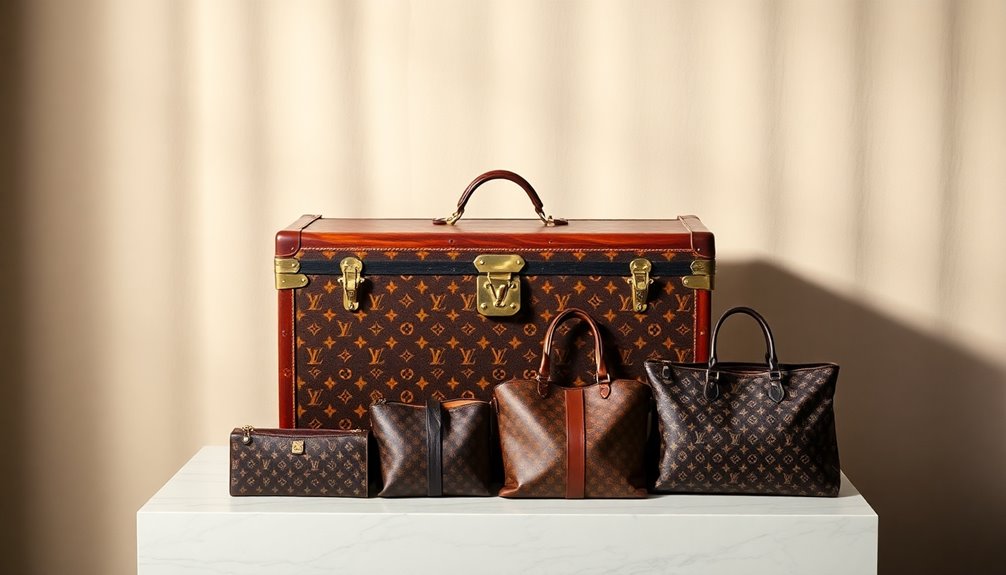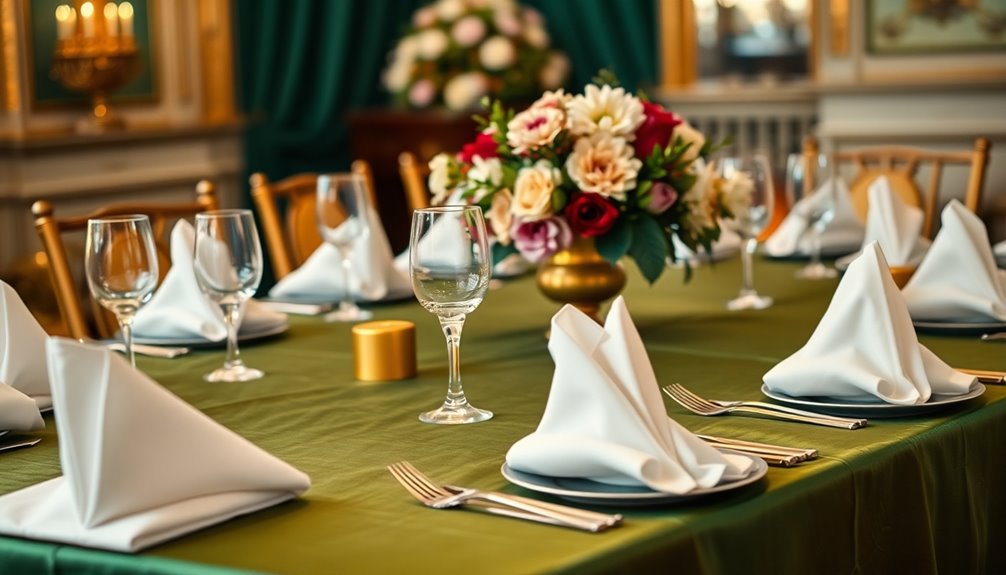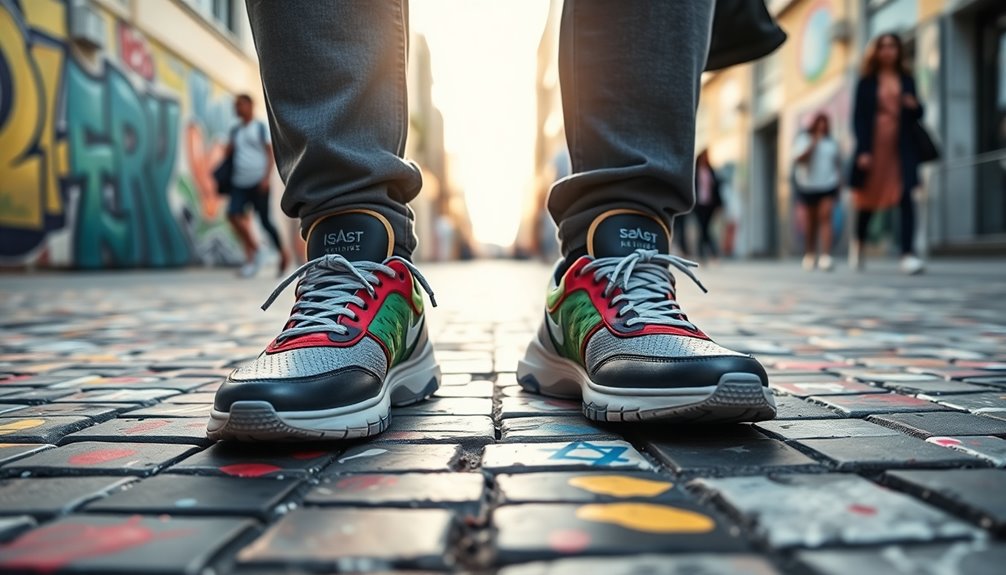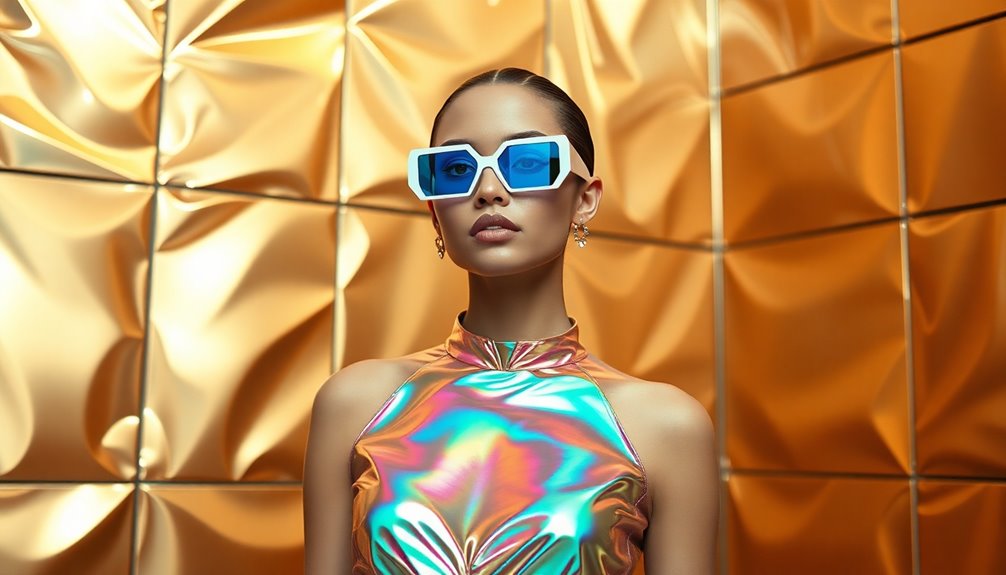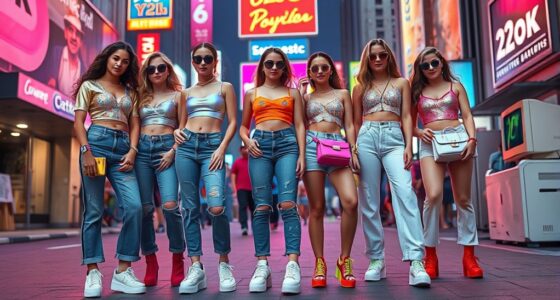Louis Vuitton's transformation from sturdy trunks to a symbol of eternal luxury is fascinating. Starting in 1854, Louis crafted waterproof luggage that set new standards. His iconic flat-topped trunks changed the game, and the Monogram Canvas made the brand instantly recognizable. With global expansion, LV became synonymous with high-end fashion, merging with LVMH in 1987 and skyrocketing in value. Today, it's valued at over $124 billion and continues to captivate consumers with innovative designs. Behind this glamour lie ethical challenges that the brand must confront as it moves forward. There's a lot more to explore about this luxurious legacy.
Key Takeaways
- Louis Vuitton began in 1854 as a workshop for durable trunks, revolutionizing luggage design with flat-topped trunks in 1858.
- The introduction of the Monogram Canvas in 1896 helped establish Louis Vuitton as a symbol of luxury and combat counterfeiting.
- The merger with LVMH in 1987 significantly increased profits and global retail presence, marking a pivotal moment in the brand's history.
- Consistently ranked among the top luxury brands, Louis Vuitton's marketing strategies include collaborations with renowned artists and designers.
- Despite its luxury status, ethical concerns arise from forced labor in sourcing materials like cotton and mica, impacting its brand image.
Historical Foundation and Evolution
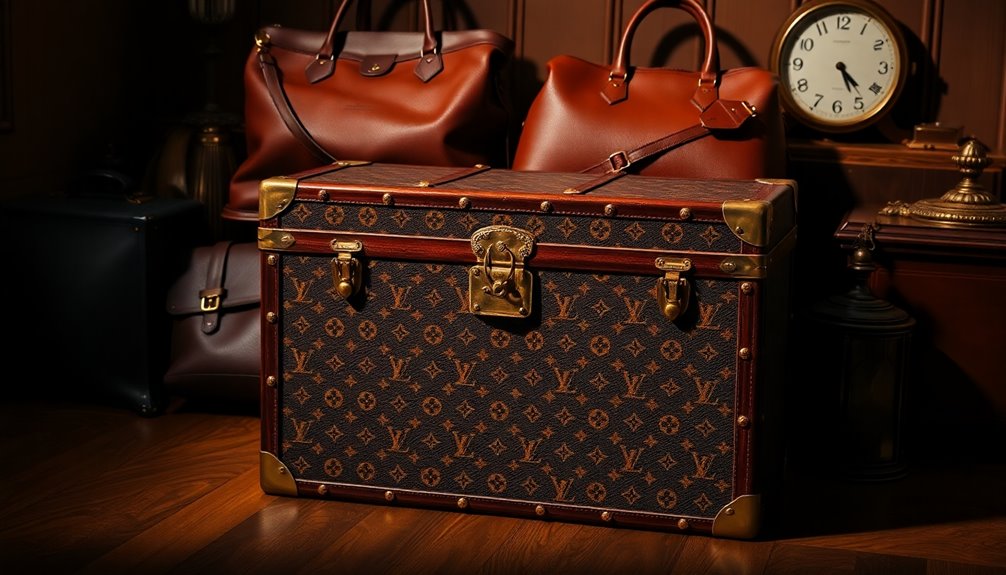
When you explore the historical foundation and evolution of Louis Vuitton, you'll discover its humble beginnings in 1854 as a workshop dedicated to crafting durable, waterproof trunks.
Founded by Louis Vuitton, who walked 280 miles to Paris at just 16, the brand quickly gained a reputation for quality. After apprenticing for 17 years, Vuitton opened his workshop at 4 Rue Neuve-des-Capucines.
His flat-topped trunks, introduced in 1858, revolutionized luggage design, while Georges Vuitton's 1886 patent for a unique lock guaranteed security.
To further combat counterfeiting, the iconic Damier print launched in 1888, followed by the Monogram Canvas in 1896.
These innovations laid a solid foundation for what would become a global luxury powerhouse.
Global Expansion and Market Presence
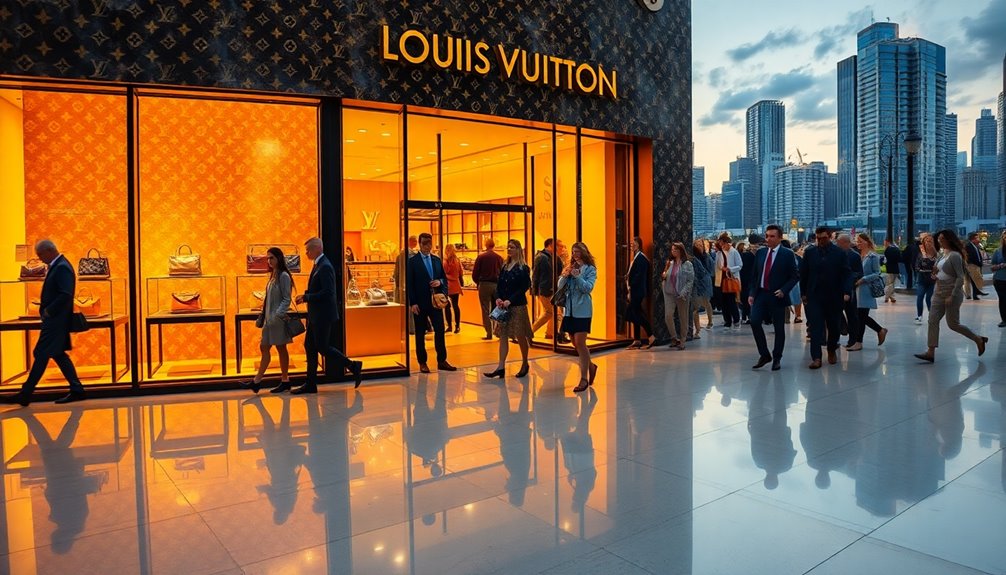
Building on its strong foundation in trunk-making, Louis Vuitton initiated a remarkable journey of global expansion. You can trace this growth back to 1885 when the first store opened in London, paving the way for future locations in New York and Bombay by 1913.
By 1989, Louis Vuitton boasted over 130 stores worldwide, solidifying its market presence. The iconic Monogram Canvas became a global luxury symbol, and today, Louis Vuitton accounts for about one-third of LVMH's total sales.
With a year-over-year sales growth of 20%, the brand's financial strength is evident. Between 2019 and 2020 alone, it expanded by opening 88 new stores, and in 2023, it added over 500 locations, showcasing relentless ambition in the luxury market.
Modern Era and Corporate Structure
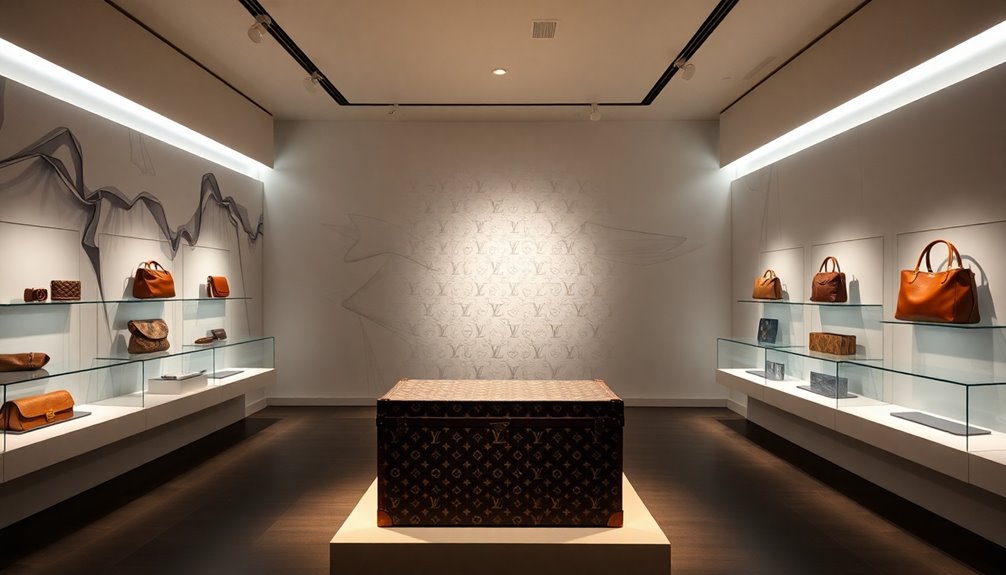
The transformation of Louis Vuitton into a global luxury powerhouse took shape with its merger into LVMH in 1987, marking a significant turning point in the brand's history. This merger not only amplified profits but also positioned Louis Vuitton among top-tier luxury brands. With Marc Jacobs as Artistic Director in 1997, innovative collections emerged, further enhancing the brand's allure. By 2023, LVMH's fashion and leather goods segment generated over 42 billion euros, showcasing strong financial performance.
| Aspect | Before Merger | After Merger |
|---|---|---|
| Profit | $20 million | $1 billion |
| Retail Locations | Limited | Expanded globally |
| Market Capitalization | N/A | $459 billion |
| Artistic Direction | Traditional | Innovative collections |
Brand Value and Recognition
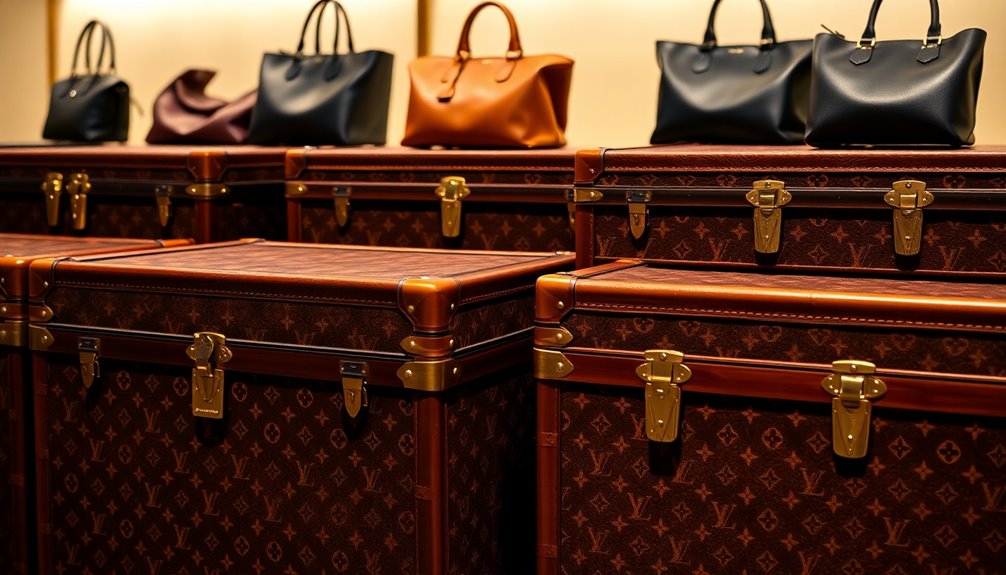
Louis Vuitton stands out as a titan in the luxury market, boasting a brand value of $124.8 billion in 2023. This remarkable figure reflects not just its financial strength but also its unrivaled brand recognition worldwide.
You'll find that the iconic Monogram Canvas is synonymous with luxury, making it a staple among high-end consumers. With a vast global presence and a loyal customer base, the brand consistently ranks at the top of luxury brand lists.
Its marketing strategies, including collaborations with renowned artists and fashion designers, further enhance its prestige. As you engage with Louis Vuitton, you're not just buying a product; you're investing in a legacy of craftsmanship and timeless elegance that few brands can match.
Workforce and Ethical Considerations
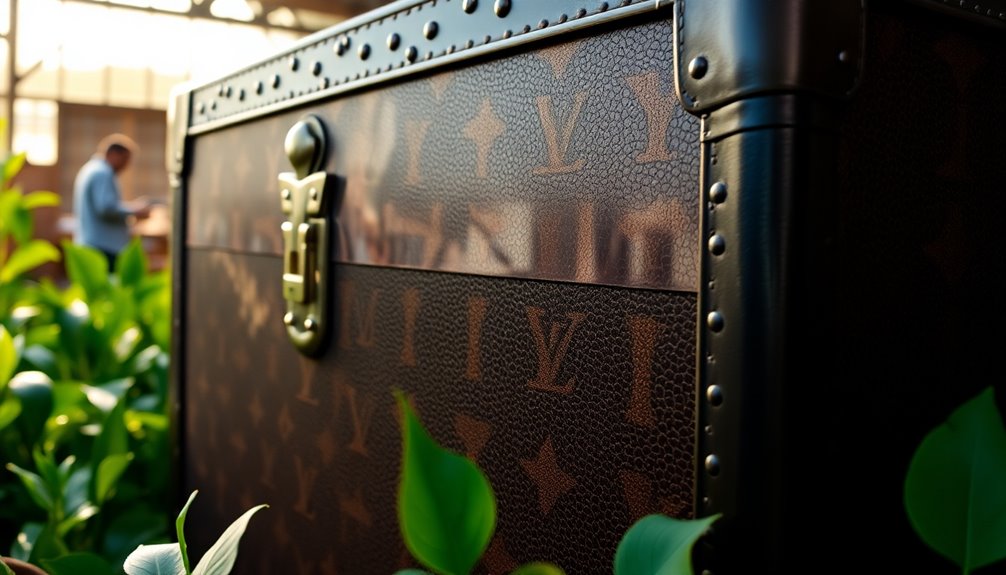
How does a luxury brand balance its opulent image with ethical responsibilities? You might consider Louis Vuitton's substantial workforce, comprising over 213,000 employees worldwide. This size underscores the brand's economic impact, but it also raises ethical concerns.
Reports of forced labor, particularly in cotton and mica sourcing, highlight troubling issues within supply chains. About 30,000 children work in illegal mica mines, which presents a stark contrast to the brand's luxurious image.
Furthermore, the alcohol products linked to health crises add another layer of complexity to their ethical standing. As a consumer, you're encouraged to reflect on the importance of ethical sourcing and labor practices.
Ultimately, the luxury industry must confront these challenges to maintain credibility and consumer trust.
Future Directions and Challenges
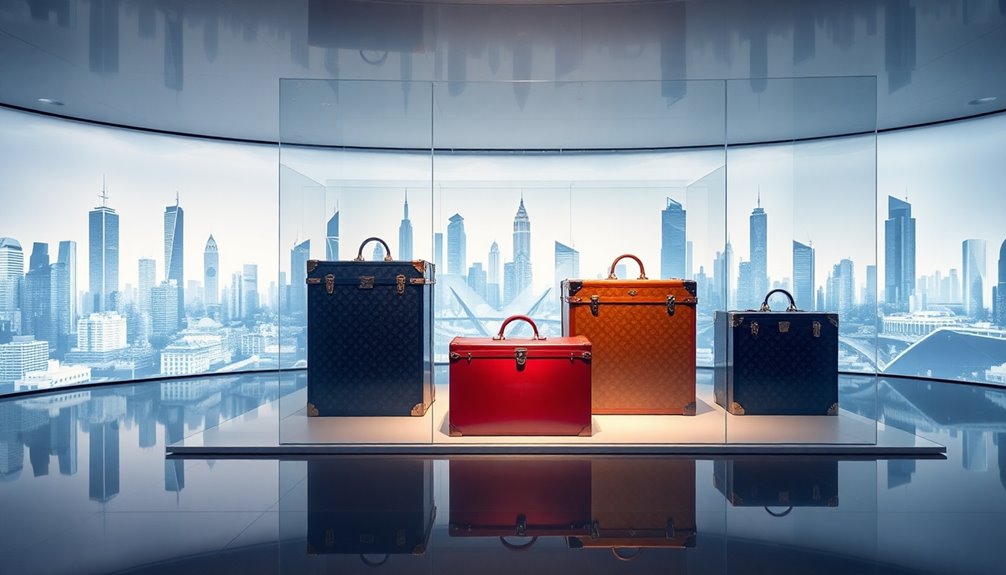
Charting the future, luxury brands like Louis Vuitton face a myriad of challenges that demand innovative solutions.
You'll need to prioritize sustainability and ethical practices to address growing consumer concerns. Expanding into emerging markets offers exciting growth opportunities, but you must adapt your strategies to resonate with new audiences, particularly by understanding market trends that influence consumer preferences.
Digital transformation is essential; enhancing e-commerce capabilities and maintaining a strong online presence will be vital for success. Additionally, competition from new luxury entrants requires you to stay agile and responsive. Moreover, fostering cultural intelligence will be crucial in navigating diverse consumer behaviors across global markets.
Innovation and Creative Collaborations
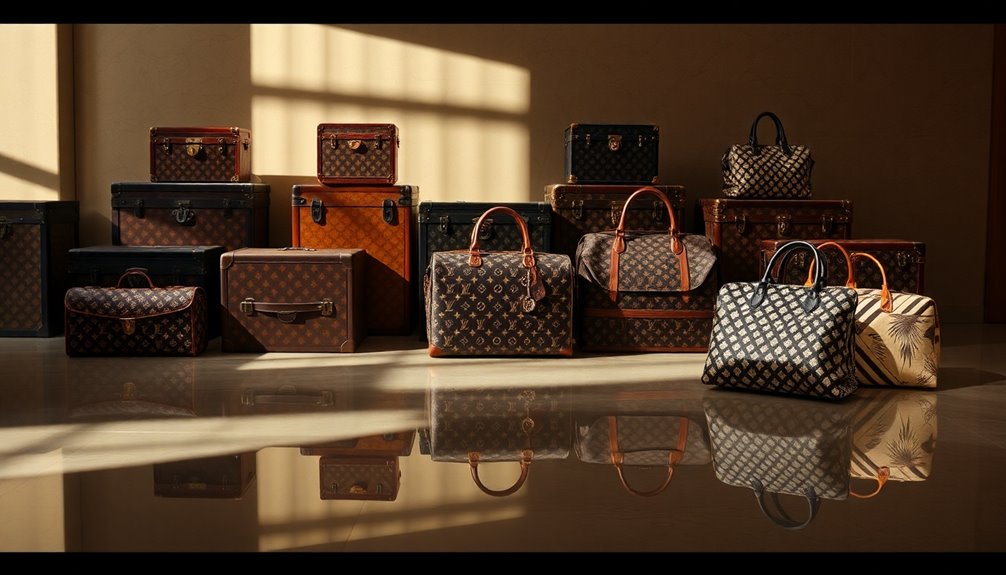
At the forefront of the luxury industry, innovation and creative collaborations are key to keeping Louis Vuitton's offerings fresh and relevant.
You'll find that the brand continuously pushes boundaries by teaming up with artists and designers, creating unique pieces that captivate audiences worldwide. These collaborations not only elevate their collections but also reflect a commitment to artistic expression.
- Partnerships with renowned artists like Takashi Murakami and Jeff Koons
- Limited edition collections that generate buzz and excitement
- Innovative materials and techniques that challenge traditional luxury
- Interactive installations and pop-up experiences that engage customers
Frequently Asked Questions
What Materials Are Used in Louis Vuitton Products?
When you explore Louis Vuitton products, you'll notice a rich combination of materials.
They primarily use high-quality leather, often from cows, lambs, or exotic sources.
Canvas, particularly the iconic Monogram Canvas, is also prevalent, providing durability and style.
Additionally, you'll find metal hardware, like zippers and locks, crafted for both function and aesthetics.
Eco-friendly materials are becoming more common as the brand emphasizes sustainability, ensuring luxury meets modern ethical standards.
How Can I Authenticate a Louis Vuitton Item?
To authenticate a Louis Vuitton item, start by scrutinizing the stitching—smooth, straight, and evenly spaced.
Check the logo's layout; it should align perfectly with the design.
Inspect the materials; high-quality leather and canvas are key.
Look for date codes inside, which reveal where and when it was made.
Don't forget to examine the hardware; it should feel heavy and well-crafted.
Trust your instincts; if something seems off, it probably is!
What Is the History Behind the LV Monogram?
The LV monogram, created in 1896, symbolizes luxury and craftsmanship.
You'll find it features interlocking initials of Louis Vuitton, designed to combat counterfeiting. This iconic pattern quickly gained popularity, becoming a status symbol.
As you explore its history, you'll see how it reflects the brand's commitment to innovation and quality.
It has evolved over the years, but its essence remains a demonstration of the timeless allure of Louis Vuitton's heritage.
Are Louis Vuitton Products Eco-Friendly?
Did you know that Louis Vuitton generated over 42 billion euros in revenue in 2023?
While the brand has made strides toward sustainability, including eco-friendly materials and ethical sourcing practices, it still faces challenges.
Concerns about forced labor in supply chains and environmental impact remain significant.
If you're considering their products, it's important to weigh these factors alongside their luxury appeal and ongoing efforts to improve their sustainability initiatives.
What Are the Care Instructions for Louis Vuitton Bags?
To care for your Louis Vuitton bag, start by regularly dusting it with a soft, dry cloth.
Avoid exposure to direct sunlight and humidity to prevent fading and warping.
For leather, use a specialized conditioner and avoid harsh cleaners.
If your bag gets wet, dry it gently with a cloth, never in direct heat.
Store it in a dust bag when not in use to maintain its shape and protect it from scratches.
Conclusion
As you reflect on Louis Vuitton's journey from sturdy trunks to a luxury icon, you can't help but notice the coincidences that shaped its path—like the serendipitous collaborations that sparked creativity and the evolving demands of a changing world. You see how the brand not only adapted but thrived, weaving innovation into its very fabric. Yet, as you look ahead, it's clear that the future hinges on balancing timeless elegance with responsible practices, a challenge worth embracing.
